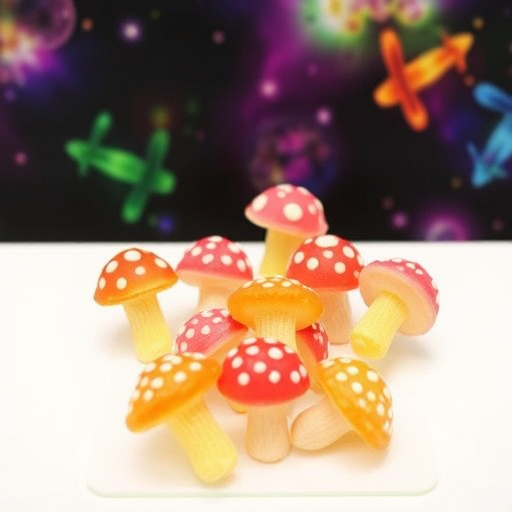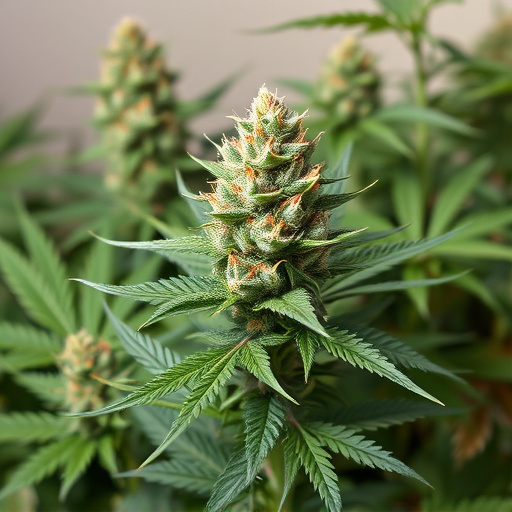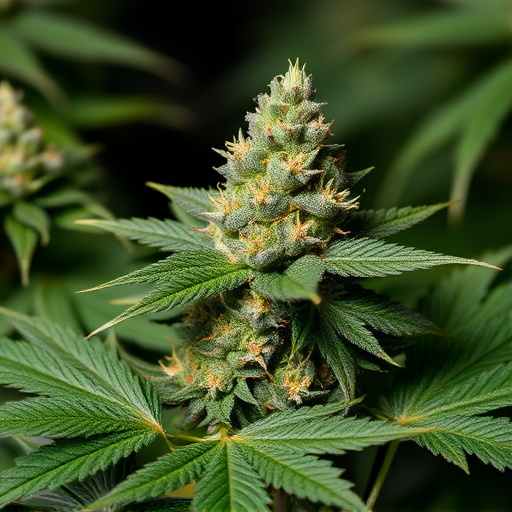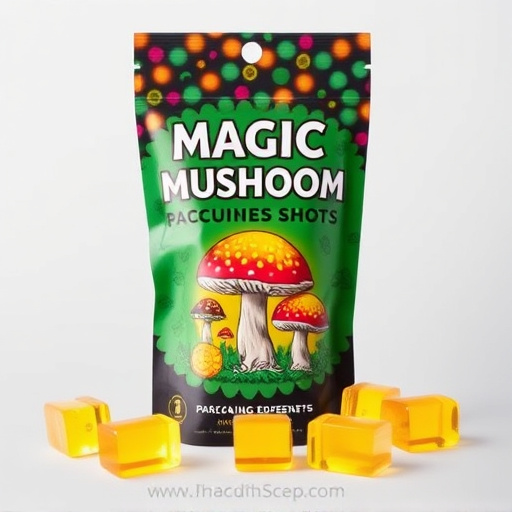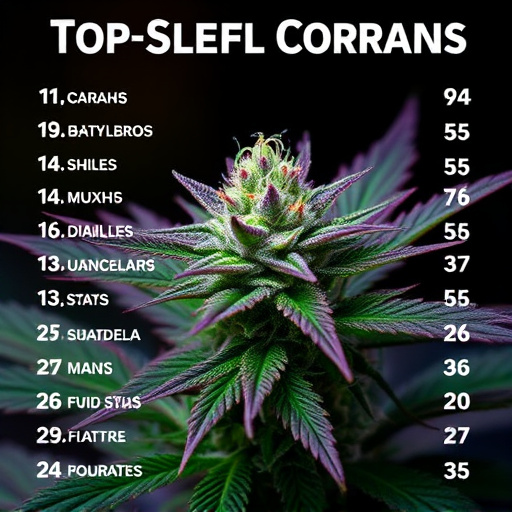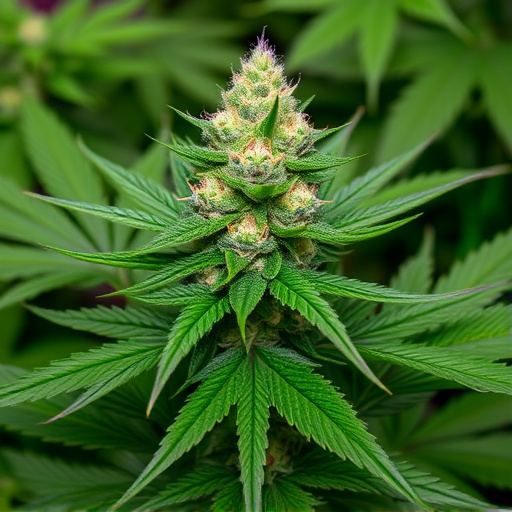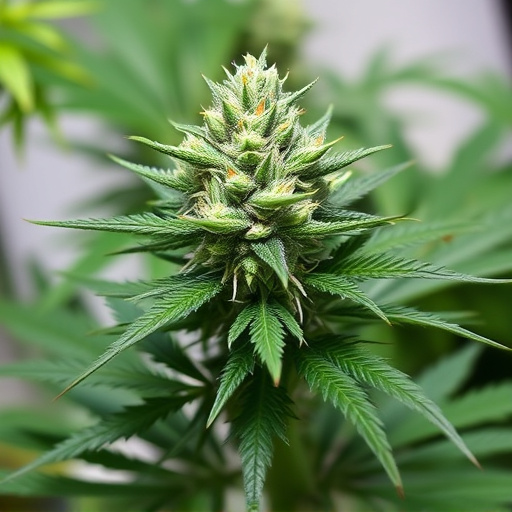Consuming top shelf cannabis strains through different methods affects detection times in drug tests. Smoking/vaping result in immediate but short-term detectability (24-72 hours), while edibles have a delayed onset but can remain detectable for up to 7-14 days or longer. Factors like strain quality, metabolism, body weight, and consumption method all play significant roles in cannabis detection times.
“Unraveling the intricate timeline of cannabis detection is a complex dance influenced by a myriad of factors. This article delves into the science behind how various consumption methods, from smoking to vaping and edibles, impact detection times. We explore the role of cannabis strain characteristics, particularly the allure of top shelf strains with varying THC and CBD profiles, on metabolite detection. Additionally, personal variations in metabolism and tolerance, shaped by genetics and health, play a significant role in these timelines.”
- Method of Consumption and Detection Times
- – Comparison between smoking, vaping, and edible consumption methods
- – Factors influencing the speed of absorption and detection
Method of Consumption and Detection Times
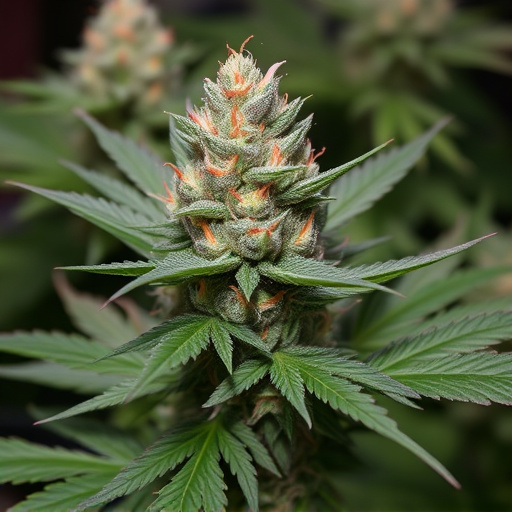
The method of consuming cannabis can significantly impact detection times in drug tests. When individuals consume high-quality, potent top shelf cannabis strains, whether through smoking, vaping, or edibles, the effects can be felt more rapidly. These methods allow cannabinoids like THC to quickly enter the bloodstream, leading to faster detection periods. For example, smoking or vaping may result in detectable levels of THC within minutes, while edible consumption could take up to 2-3 hours due to the time it takes for absorption and metabolism.
Each consumption method has its unique characteristics; smoking and vaping provide immediate effects but might not last as long as edibles, which offer a longer high but with a delayed onset. This variation in detection times is crucial for individuals considering their cannabis use in areas where it is regulated or prohibited. Understanding these factors can help users make informed decisions to manage the timing of their drug tests.
– Comparison between smoking, vaping, and edible consumption methods
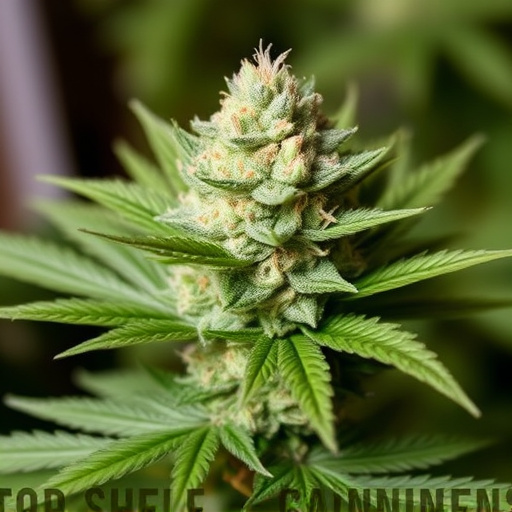
When it comes to detecting cannabis in the system, the method of consumption plays a significant role in determining the time it remains detectable. Smoking, vaping, and edible forms each offer unique experiences, but they can also result in varying detection windows due to the speed and efficiency of absorption into the body.
Top shelf cannabis strains smoked traditionally produce detectable levels for a relatively shorter period—typically ranging from 24 to 72 hours—compared to vaped or ingested forms. This is because smoking involves burning the plant material, which releases active compounds that can be quickly absorbed through the lungs and into the bloodstream. Conversely, vaping allows for a more gradual absorption as the vapor is inhaled, extending the detection time to roughly 3-5 days. Edible cannabis consumption, on the other hand, is known to have a longer detection period, often lasting up to 7-14 days or even more, depending on factors such as dosage, metabolism, and individual tolerance.
– Factors influencing the speed of absorption and detection
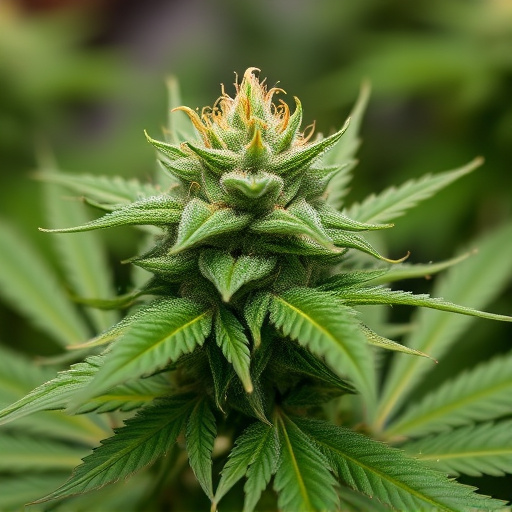
The speed at which cannabis is absorbed and detected in the body can be influenced by several factors, with one of the key elements being the quality and potency of the top shelf cannabis strains. High-quality strains with robust cannabinoid profiles tend to have faster absorption rates due to their enhanced bioavailability. This means that the active compounds in the cannabis plant are more easily absorbed into the bloodstream, leading to quicker effects and potentially shorter detection windows.
Other factors, such as individual metabolism, body weight, and consumption method also play a significant role. Faster metabolizers may clear cannabis from their system more rapidly, while heavier individuals could experience longer retention times due to higher fat content in their bodies. The method of consumption can dramatically affect absorption speed; for instance, edibles take longer to kick in but provide a more prolonged high compared to smoking or vaping, which offer quicker effects but shorter durations.
Understanding the factors that influence cannabis detection times is crucial for consumers, especially those enjoying top shelf cannabis strains. The method of consumption significantly impacts how quickly cannabinoids enter the system and become detectable. Smoking provides the fastest results, while vaping and edibles offer slightly longer timelines due to varying absorption rates. Knowing these differences can help users anticipate testing windows and make informed choices based on their desired effects.
